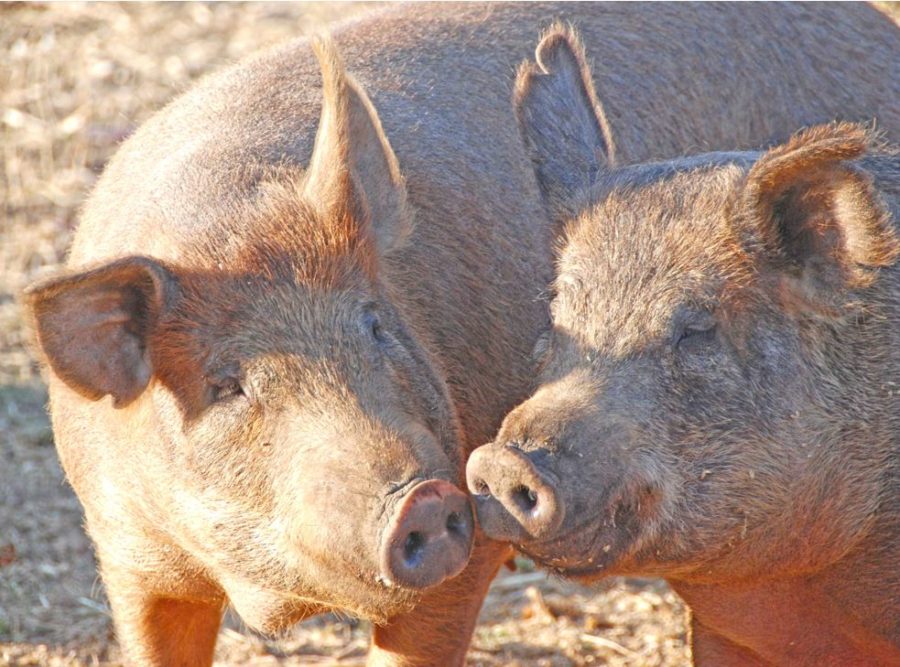Improving the lives of pigs can make life better for all of us

Pigs deserve good care and a happy life – Not the cruel existence of today’s factory farms.
The pig is a long-time friend of the human species, an essential contributor to our food supply and rural economies. Once known as the mortgage lifter, the pig and the farmer prospered on family farms, mostly across the Midwest.
Nearly all family farm pig operations were driven out of business after the price crash of 1998, orchestrated by the highly concentrated pork industry. Farmers lost their farms in droves, many becoming contractors and hog house janitors for very the corporations that rigged the market. Livelihoods and communities were lost, and pigs were forced to live in conditions never imagined possible.
To free the pig, we must free the farmer.
Last week, at Oklahoma State University (OSU), Oklahoma City, the Kirkpatrick Foundation hosted a gathering in support of a better food system, including more humane treatment of pigs. Attendees included politicians, veterinarians, animal welfare, good food, and healthy community advocates. Especially welcome, were students enrolled in the Registered Veterinary Technician (RVT) curriculum, housed on campus in the John Kirkpatrick Building.
The Kirkpatrick family is a long-time animal welfare advocate, instrumental in defeating the 2016 Right to Farm State Question 777, more accurately known as “Right to Harm.”
The ballot initiative would have given multinational corporations the right to locate highly polluting and community wrecking pig and poultry factories anywhere they wanted to, undermining the interests of Oklahoma citizens, independent family farmers and ranchers, rural communities, and our national food security.
I think it’s important to recognize the complicity of Oklahoma State University, like many other land-grant institutions supporting a corporate controlled form of industrial agriculture, in the demise of our nation’s family farms and ranches, decline of rural places, and in the loss of the our ability to feed ourselves.
My presentation follows:
Click HERE to see slideshow fullscreen

















































Nearly 20 years ago, on a hot summer day, I landed at the Hooker, Oklahoma airport. Hooker was home to some of the first foreign owned industrial hog CAFOs. I asked my passenger, who grew up in Hooker, why the airport was in such disrepair? There was grass and weeds growing in the cracks of the runway. Half joking, I said we could bale hay off the runway. My passenger responded that since the hog factories came to the county, the community had been in decline. She said, in addition to poor maintenance of the airport, Hooker could no longer afford to fill the swimming pool. So much for the promises of rural economic development.